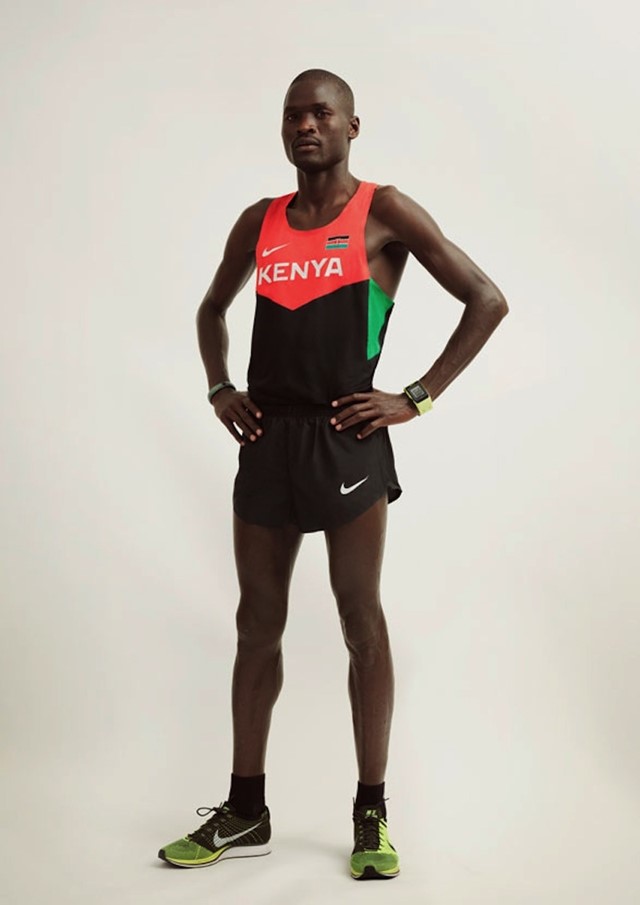Nike’s new Making app and their Materials Sustainability Index (MSI) are fundamental to the future of sustainable fashion. They have added a new layer of consciousness, an easy way for designers to understand the ecological impacts of fabrics...
Eco-fashion has always been riddled with good reasons not to buy – the use of sustainable fibres apparently automatically required a different aesthetic, semi-stylish sustainably produced clothing seemed to be an impossible combo. This stigma is slowly being peeled back as a growing band of niche sustainable clothing labels weave their way into the market with bold patterns, sharp cuts and an elegance new to the man-made eco-world.
Honest by is the creation of Bruno Pieters, the first fashion company to have a 100% transparent production line – it is possible to see exactly where the raw materials were sourced, where each garment was manufactured and the exact cost and mark up of the garment – so they can ensure all products are ethically and sustainably sourced. Ecological awareness exhibits itself in many forms in fashion – Christopher Raeburn re-uses materials from past pieces, swimwear label Auria uses 100% recycled polyamide for their dreamy colourful bathing suit concoctions (these designs were created in collaboration with Margot Bowman for S/S13) and Henrietta Ludgate sources all her fabrics and production in the UK. Livia Firth’s Green Carpet Challenge and The British Fashion Council’s Estethica have also done wonders to raise the profile of eco-conscious couturiers.
"Nike's Making app has added a new layer of consciousness, an easy way for designers to understand the ecological impacts of the fabrics they want to use"
But sadly, on the whole, mainstream materials still reek of toxic dying procedures, poorly paid labourers and an oil-based raw makeup, all of which are hard to affect at the point of purchase. This is why Nike’s new Making app and their Materials Sustainability Index (MSI) are fundamental to the future of sustainable fashion. They have added a new layer of consciousness, an easy way for designers to understand the ecological impacts of the fabrics they want to use and allow them to weigh up whether Linen or Ramie uses less water & energy, or if Modal or Cotton has more waste in production.
Each material is given a score out of 50 on the MSI based on chemistry, energy/green house gas intensity, water/land use intensity and physical waste. Each fabric is also rated by organic-ness and recyclability so that designers can consider the potential life-cycle of the fabric beyond just the apparel they are creating.
Although the app gives a very simple view of the data collected, over eight years of research have gone into the making of this sustainability index and trawling through its in-depth documentation shows some serious scientific methodology behind the numbers. This research has been made open source giving the power to hackers and designers alike to make the most of this data and transform the sustainability of fashion brands everywhere.
Text by Abby Schlageter
Abby Schlageter is a member of super/collider, a London-based collective which explores science and ecology through the creative industries.
